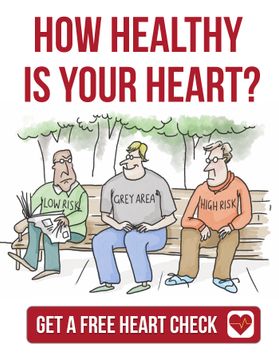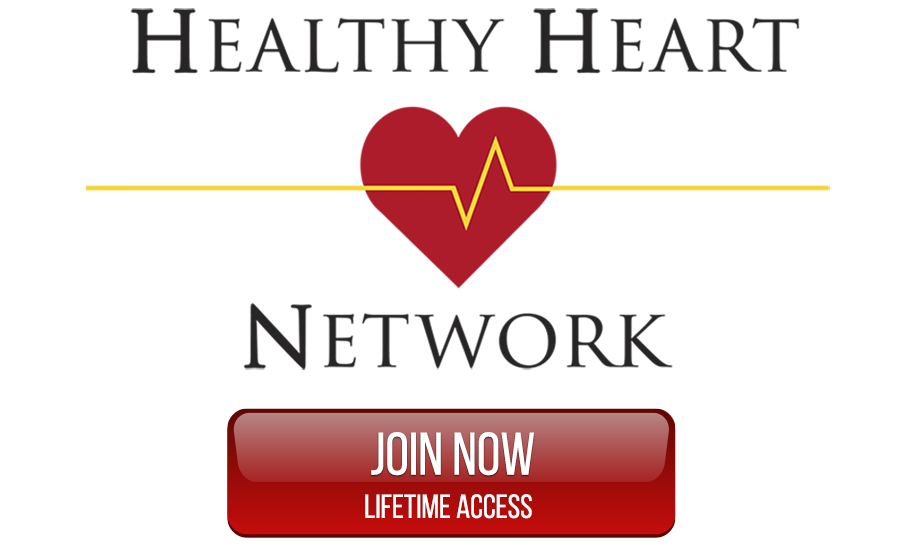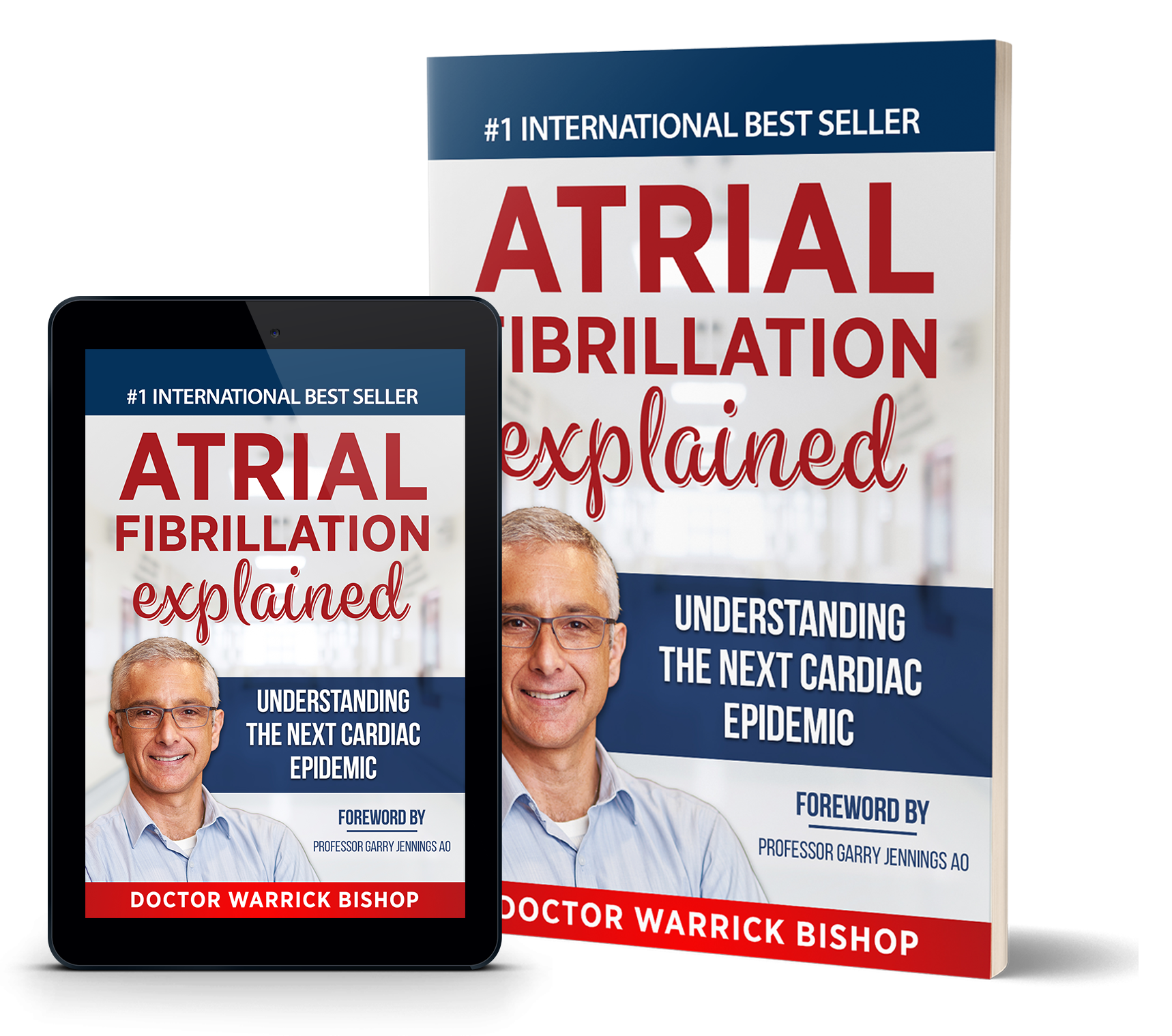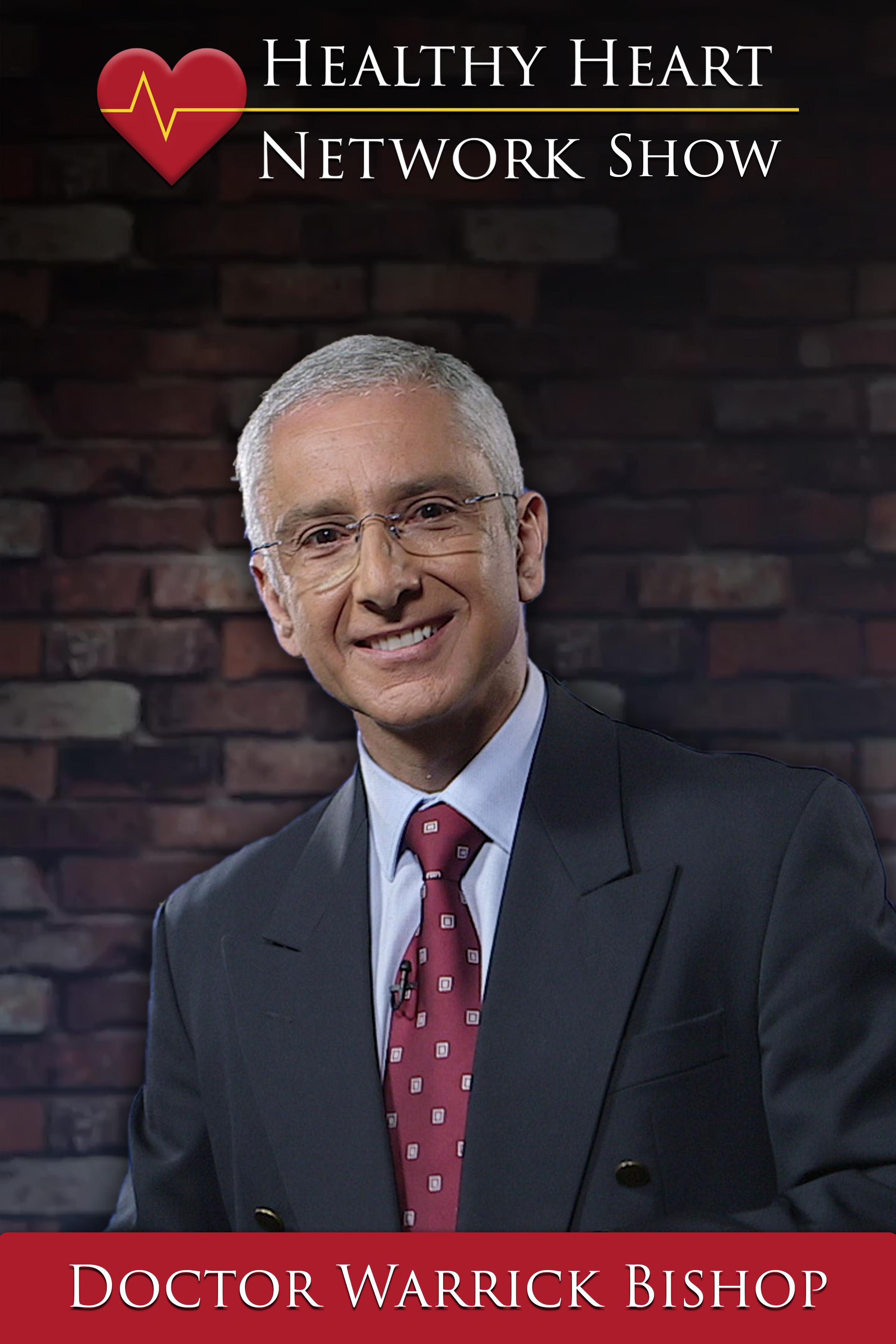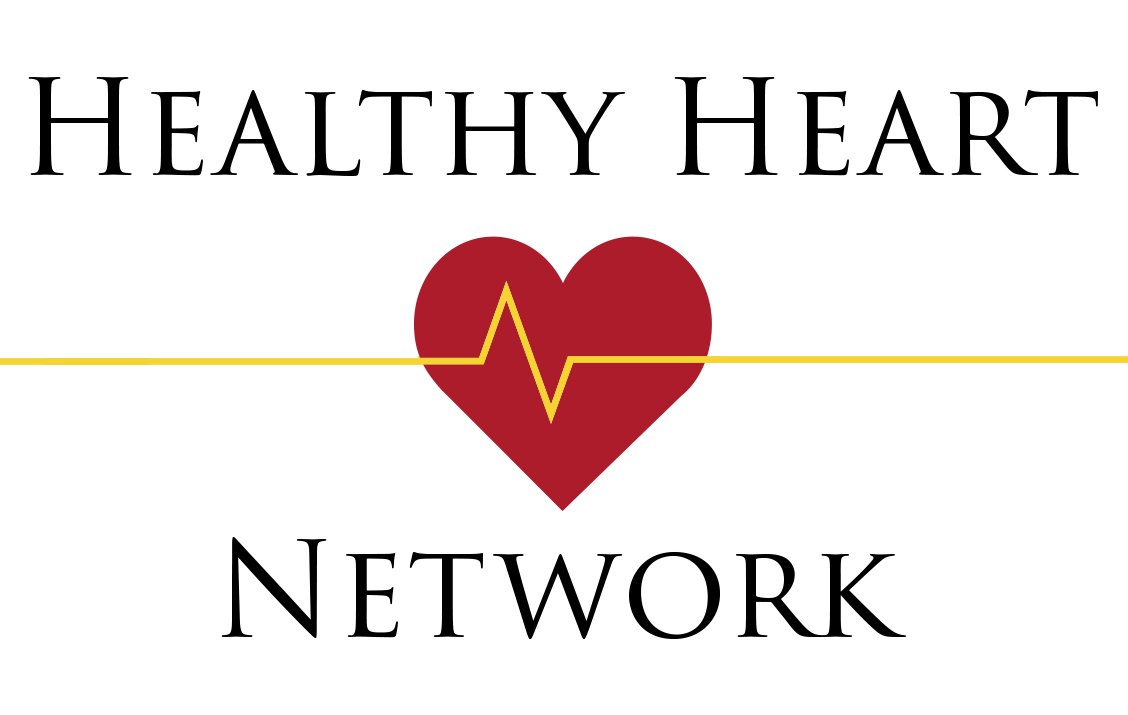JOIN OUR HEALTHY HEART MEMBERSHIP HERE: https://healthyheartnetwork.com/page/starter
Welcome to Dr. Warrick's Podcast Channel. Warrick is a practicing cardiologist an author with a passion for improving care by helping patients understand their heart health through education work believes educated patients get the best health care discover and understand the latest approaches and technology in heart care and how this might apply to you or someone you love. Hi, my name is Dr. Warrick and I'd like to welcome you to my consulting room today. I'd like to talk a little bit about blood pressure which is pretty common. So what is it? Blood pressure is what we measure to give us an appreciation of the pressure of the blood flowing through the main arteries. You've probably heard of the upper blood pressure measurement and the lower blood pressure measurement and these are called systolic for the upper one and diastolic for the lower one. Systolic is the higher one you tend to remember. Diastolic is the lower one. Systolic pressure reflects the blood pressure through the circulation at that time when the full force of the contraction of the heart is expelling blood. The aortic valve is open and blood is flowing through it, this is when we are seeing the highest pressure in the system. This is called the systolic blood pressure. Things that would affect the systolic blood pressure are how stiff the aorta is and how stiff some of the other pipes (blood vessels) are. Think of the circulation like an irrigation system, as if you were trying to push water into an irrigation system. If the pipes have some elasticity then the pressure within those pipes would be less because some of the energy would be absorbed by the expansion of the pipes. This is why as people get older and your arteries get stiffer their systolic blood pressure gets higher and higher because as the heart compresses and squirts blood into a stiff tube which really doesn't stretch or gives less than when that person was much younger. So the systolic pressure goes up. The diastolic pressure is then the pressure that we see when the aortic valve of the heart is closed. It's the pressure that the circulation rests at before the next beat. This is really defined by the recoil within the major arteries. So if there is an elastic recoil within the arteries then that will maintain the diastolic pressure but it's also related to the resistance within the circulation. So if the small blood vessels that the blood is flowing into, if they are tight then there is a resistance within the system and that will keep the blood pressure up. If those small blood vessels are relaxed and open then the blood will flow freely into the vascular space and that will lower the blood pressure. So Systolic is the highest blood pressure. It's the measurement on top and it's related to the contraction of the heart, diastolic the lower measurement is related to the pressure within the system when the heart's relaxing and refilling ready for the next compression. Well, why do we bother about blood pressure? We talk about it a lot and this piece is raising awareness about it. So what's the big deal? Why do we worry about it. Well, we know that blood pressure is very important in the stress forces that it applies to the blood vessels and so can apply stress force to the blood vessels of the neck and of the heart. It can also put blood pressure blood vessels under strain within the brain. So elevated BP is a very significant driver of stroke and heart attack. Stroke is the formation of a clot in the carotid artery that occurs subsequent to the artery being damaged from high blood pressure, less likely a rupture of an artery can occur in the brain because of elevated blood pressure. So in terms of reducing the risk of stroke and heart attack, we really want to keep the blood pressure down. We also know that elevated blood pressure is closely linked with the development of atrial fibrillation, this is a condition that is common and so the better we can manage blood pressure within the population the better we can reduce the burden of this condition. Lastly one of the really important reasons for keeping blood pressure down is in regard to the development of cardiac failure. This can occur gradually as the heart stiffens is in response to long-term pressure overload required to deal with elevated blood pressure within the blood vessels. As the heart becomes stiffer, it can also thicken and when this occurs it just doesn't work as well. It is common to see in the elderly particularly those who have had elevated blood pressure that they develop symptoms related to this, this particular type of blood pressure is characterised by well-maintained contraction of the heart it's just that it is stiff and doesn't relax properly. The impact of this on the population is huge and I cannot underscore enough the importance of maintaining good blood pressure control to avoid this in later life. So, I have told you what blood pressure is and I have explained why we're concerned about it. Well, how do we check it? Most commonly it will be your GP who will put the cuff on around your arm and listen to the arterial pulse at the elbow to check both systolic and diastolic blood pressure. This is the most common way to measure and is a really good start. It is what we have done for many years. The limitation, however, is that BP can vary considerably from minute to minute, hour to hour and day-to-day. As many as 20 people in the 100 or 20% of the population will have significant variability which we call “white coat” syndrome. It is important to understand this as a measurement taken could well define management for the patient for many years to come. One way to get around this variability is to use home blood pressure measurements. The availability of cheap accurate automated machines means that this is far more accessible these days. It is very reassuring to have good home blood pressure measurements which would suggest that the patient does have a component of “whitecoat” hypertension. The other way that we may measure blood pressure is if we are particularly interested in having as much information as possible is to arrange for a 24-hour ambulatory blood pressure monitor. This is an excellent device for providing multiple blood pressure readings throughout the 24 hour period, both daytime and nighttime, so we get an exquisite profile of exactly what is going on for the individual. My own preference is to use information from ambulatory blood pressure monitoring to make decisions about long-term therapy for patients as I believe it provides the best information. I do like to remind patients that BP is important and we do need to follow through to make sure it is well managed in the longer term, because patients don't suffer symptoms from BP, in most cases, it is easy to be complacent about it. The take-home message, however, is that BP is very very important and really does need to be properly assessed and managed in the long-term for the best possible outcome for the individual. It is a condition that both the patient and Dr have to work together to find the best solution for the individual patient having obtained as much information as possible to inform the decision-making. I hope you’ve found this interesting, I hope it has encouraged you to go and make sure your blood pressure is well controlled and of course as always I wish you good health. Thank you for taking the time to read this. You have been listening to another podcast from Dr. Warrick visit his website at DrWarrickBishop.com for the latest news on heart disease. If you love this podcast feel free to leave us a Review.
Check out my book at http://drwarrickbishop.com/books/




